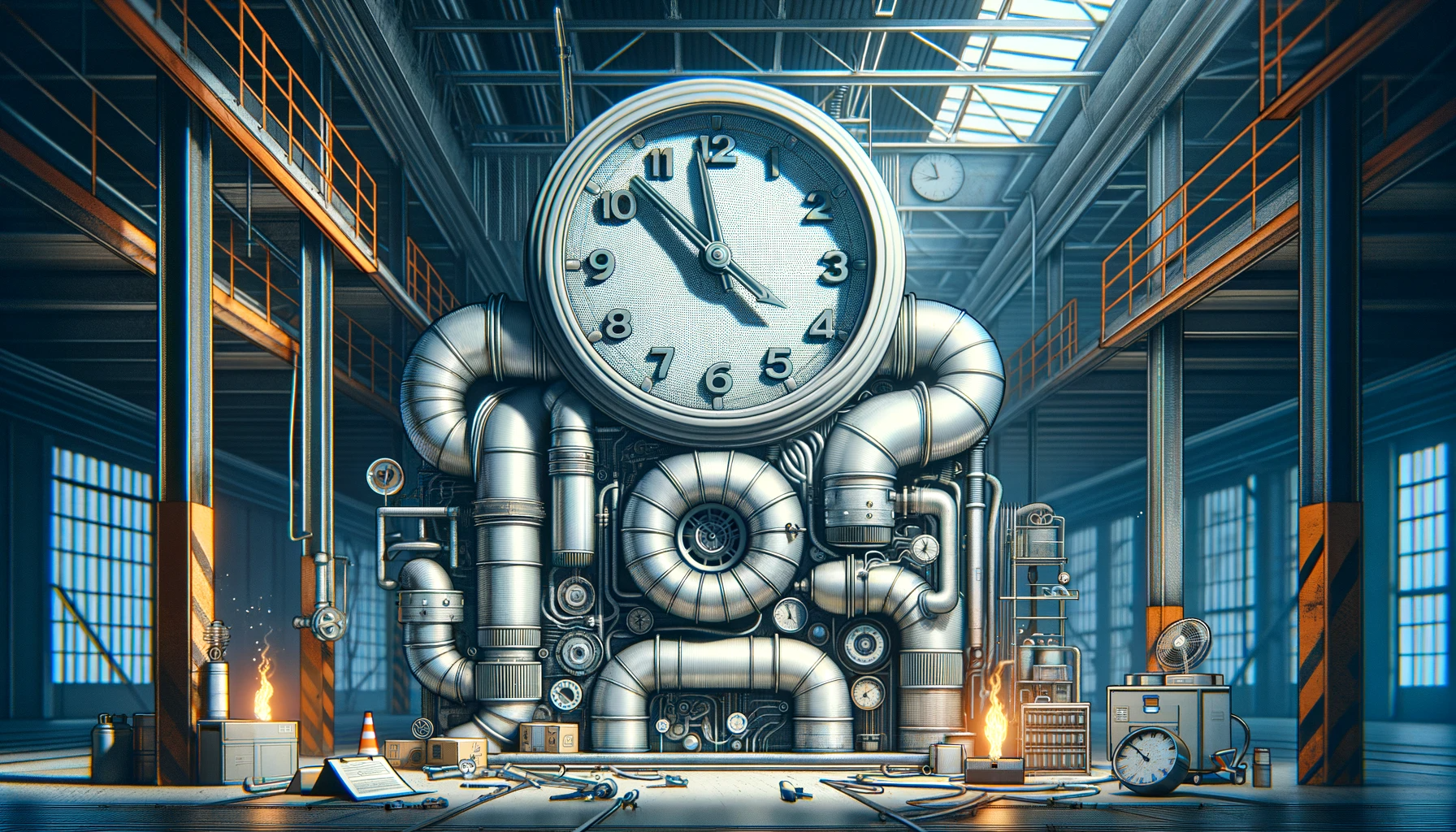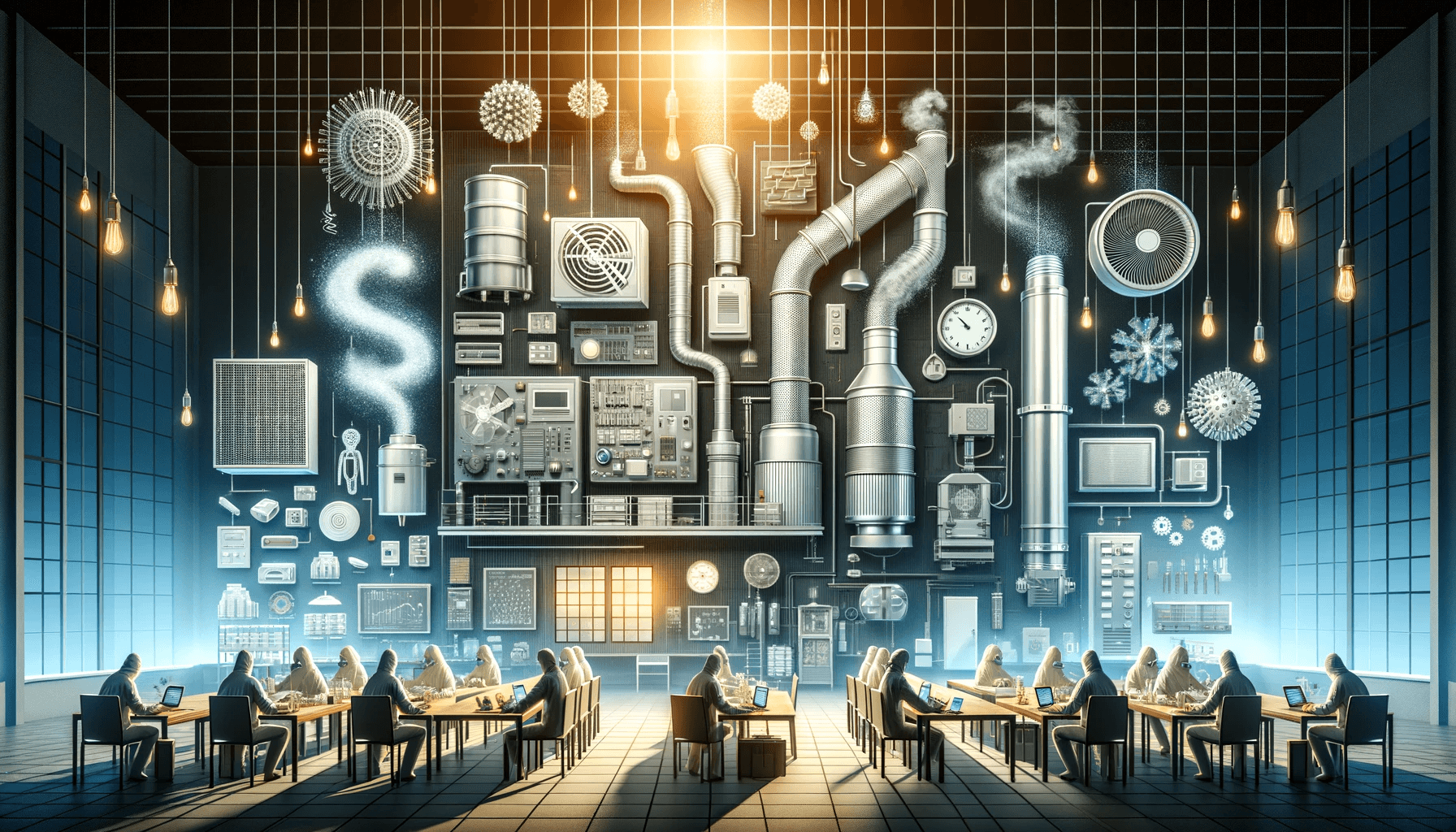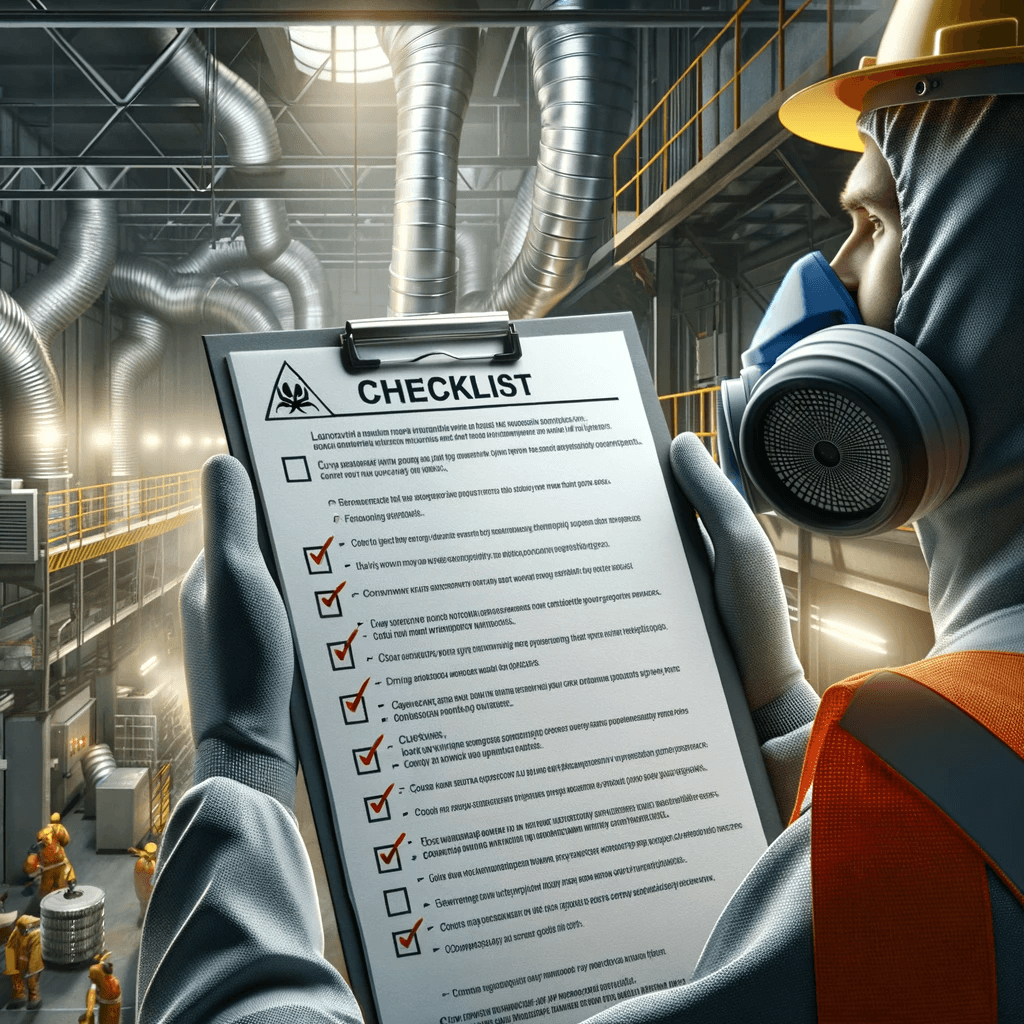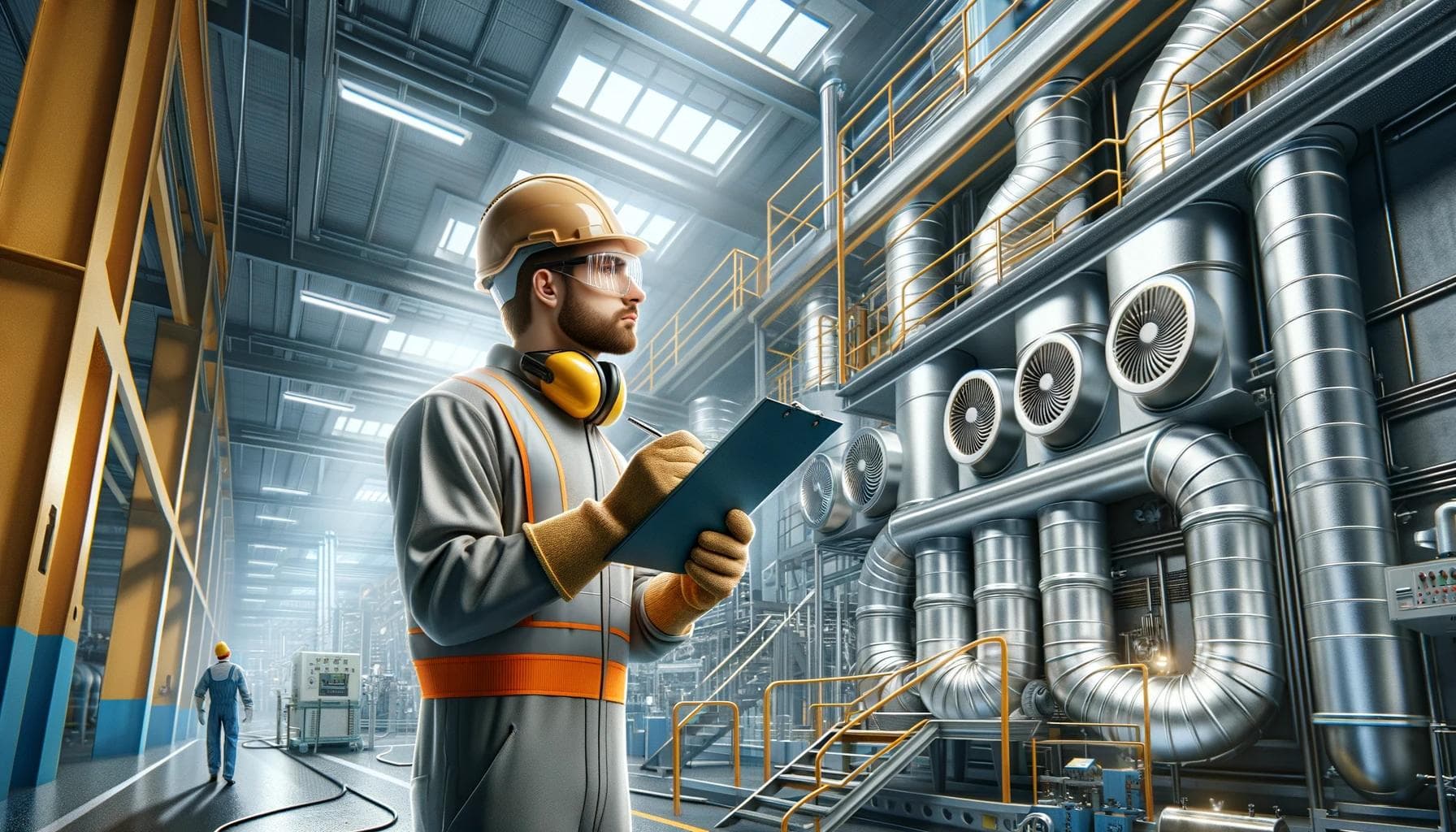
When Should You Replace Your LEV System?
Local Exhaust Ventilation (LEV) systems are vital in removing airborne contaminants and hazardous substances from the work environment, ensuring the safety and well-being of employees. Like all industrial systems, however, LEV systems have a certain lifespan and must be assessed regularly to determine when a replacement is required. As leading specialists in industrial systems, WBT Services Ltd emphasises the importance of recognizing the signs that indicate when you should replace your LEV system.
Understanding LEV Systems and Their Importance
Before delving into the replacement indicators, it's crucial to understand what an LEV system is and its significance in the workplace. An LEV system is designed to capture contaminants at the source of emissions and transport them to a safe disposal point through a network of ducts. They are commonly used in workshops, factories, and other environments that produce dust, fumes, and vapours.
These systems play a vital role in maintaining air quality and protecting workers from exposure to harmful substances, which can cause serious respiratory conditions and other health issues. Therefore, their efficient and smooth operation is not just a legal requirement under UK health and safety legislation but also a moral obligation towards safeguarding worker health.
Indicators for LEV System Replacement
Decreased Performance and Efficiency
Over time, the performance of an LEV system can decline, which is one of the initial signs when you should replace your LEV system. If the system is not extracting contaminants as effectively as it used to, or if it requires more energy to maintain the same performance levels, it might be an indication that it's nearing the end of its operational life.
Increased Running Costs and Maintenance Frequency
Monitoring the costs associated with running your LEV system can provide insight into its condition. A rise in energy consumption or a need for frequent repairs and parts replacements can signify worn-out components and inefficiency, showing that it might be time to consider a new system.
Advances in Technology
Technological advancements often lead to more sophisticated and efficient LEV solutions. If your current system is outdated, it may not be as effective or energy-efficient as newer models available on the market. Updating to a more modern system can improve air quality and operational costs.
Regulatory Compliance
Health and safety regulations evolve to improve workplace safety standards continually. Your existing LEV system must comply with current regulations. If compliance cannot be achieved with reasonable updates or adjustments, this indicates when you should replace your LEV system.
Physical Damage or Deterioration
Physical signs of wear and tear, such as corrosion, cracks, or damage to the ductwork, fans, or filtration units, are clear indicators that the system's integrity may be compromised. This damage not only hampers the system's ability to function properly but can also create additional safety hazards.
Changes in Production Processes
If there have been changes in your production processes, such as an increase in production volume, the introduction of different materials, or changes in the substances used, your existing LEV system may no longer be adequate. It's crucial to replace your system to adapt to these new operational demands.
End of Life Span
All industrial systems have a predicted operational lifespan. Even with regular maintenance, an LEV system may reach a point where it is no longer cost-effective or safe to keep operating. Manufacturers or specialists can provide guidance on the typical lifespan of your system.
The Importance of Regular LEV Testing and Maintenance
Routine testing and maintenance are essential to extend the lifespan of your LEV system and ensure it operates efficiently and safely. WBT Services Ltd recommends regular expert assessments in line with HSG258, which is the Health and Safety Executive's guidance on LEV. By regularly checking the system's performance and addressing any issues immediately, the need for a premature replacement can be reduced.
Consulting with Experts on LEV Replacement
Knowing precisely when you should replace your LEV system can be complex. It’s not a decision to be taken lightly, given the implications for workplace safety and financial investment. Consulting with experienced professionals, such as the team at WBT Services Ltd, can provide you with the expert guidance required to make an informed decision.
Conclusion
Determining when you should replace your LEV system involves careful consideration of the system’s efficiency, maintenance history, compliance with health and safety standards, and suitability for current production processes. By paying attention to performance indicators and engaging in regular maintenance, the longevity of your LEV system can be maximised, ensuring the continued protection of your workforce.
It's paramount to seek professional advice to assess your system adequately and to ascertain the appropriate course of action to take. Should a replacement be necessary, selecting a competent and reliable provider is crucial. WBT Services Ltd operates across the UK, offering expert guidance and high-quality solutions in industrial systems for a safer work environment. By partnering with industry specialists, you can ensure both compliance with regulations and the well-being of your employees. Please do not hesitate to visit WBT Services Ltd for further information and assistance with your LEV system needs.
Remember, the investment you make today in your LEV system is an investment in the safety and health of your workforce for tomorrow.


